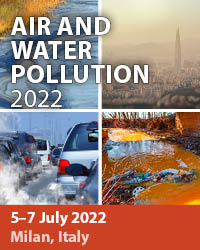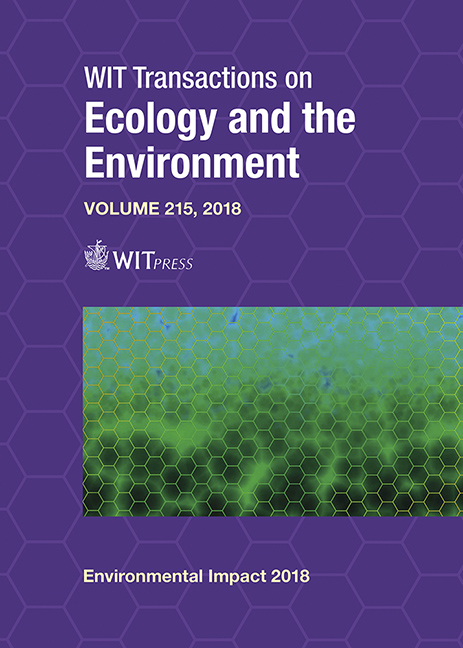A SOLAR FARM PROTOTYPE DESIGN THAT ACHIEVES NET-ZERO STATUS AND ECONOMIC DEVELOPMENT AT THE ORGAN PIPE CACTUS NATIONAL MONUMENT IN ARIZONA, USA
Price
Free (open access)
Transaction
Volume
215
Pages
12
Page Range
397 - 408
Published
2018
Paper DOI
10.2495/EID180361
Copyright
WIT Press
Author(s)
NADER CHALFOUN
Abstract
Faculty and students of the House Energy Doctor (HED) Master of Science program at the University of Arizona’s College of Architecture, Planning, and Landscape Architecture are currently engaged in a multi-year effort towards accomplishing a vision that would preserve the heritage of the Organ Pipe Cactus National Monument (OPNM) buildings while transforming its status into the first net-zero park in the United States. The project is a collaboration with experts in heritage architecture from the park and students and faculty of HED. During the years, 2015 and 2016, of the project, two major park-built areas have been redeveloped; the Visitor Center and the Residential loop. While the work on the visitor center was documented and published in WIT STREMAH 2017, Alicante, Spain, this paper presents the recent work performed in 2016 on the one-mile residential loop. Three major tasks have been accomplished in this built area and focused on transforming the existing 13 residences into net-zero operation. The first accomplishment is the energy efficiency achieved through the use of energy performance simulation and integration of advanced environmental systems. The second, is the economic impact through the alternative designs developed in Studio 601 that focused on regional sustainable energy efficient high-performance buildings using latest environmental technologies for indoor and outdoor spaces. Development of the residential loop conformed to Mission 66 standards while added an important education trail component to the complex. Finally, all environmental strategies used in the design development were verified by empirical research and experimentation in the House Energy Doctor laboratory. This paper demonstrates the methods of intervention used on the residential loop to achieve the net-zero status and three redesign schemes as well as the energy performance predictions and verifications. These valuable findings could then be transformed to the design profession to facilitate future net-zero performance buildings.
Keywords
net-zero, national park, energy efficiency, energy audit, solar farm





